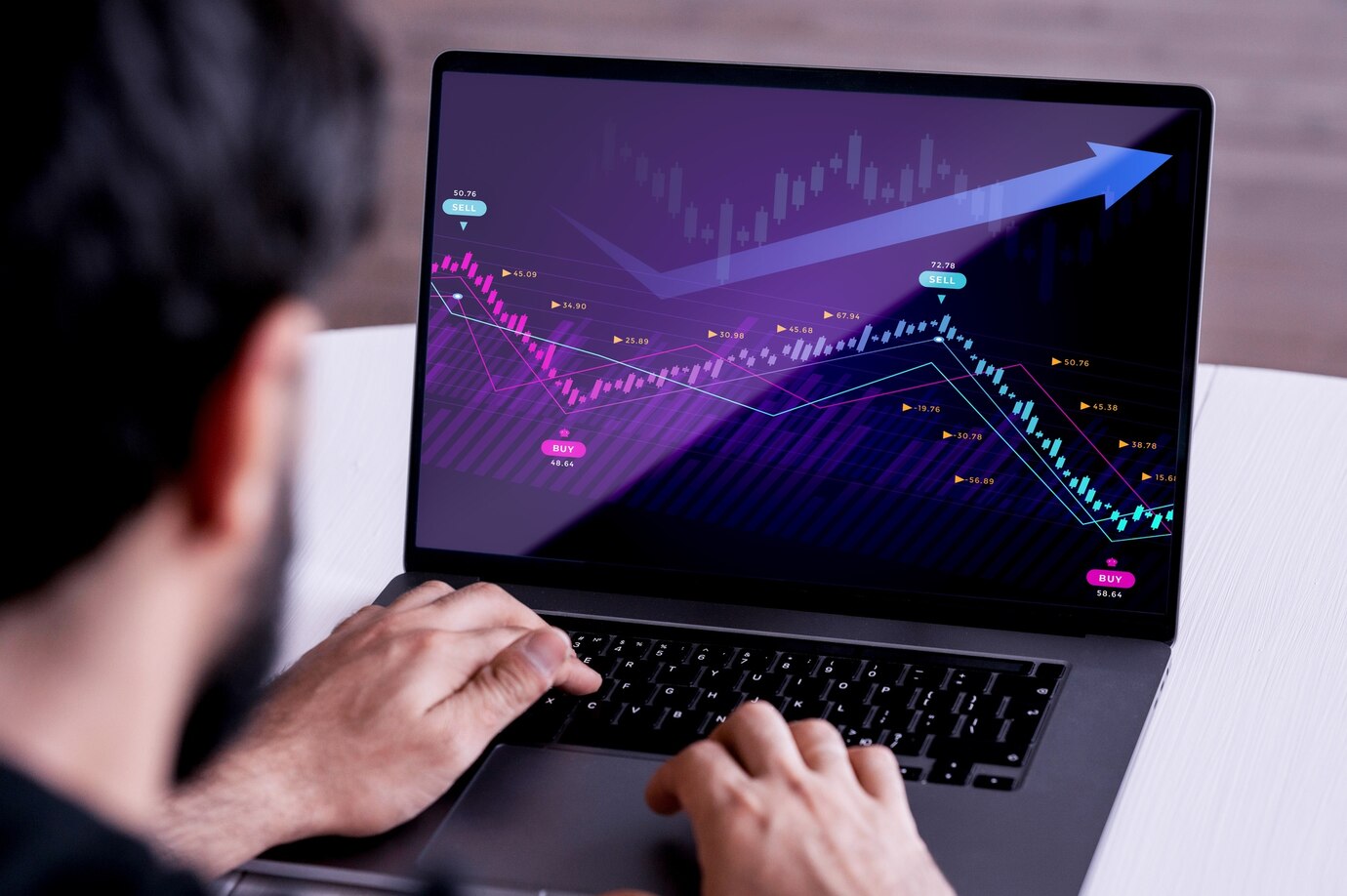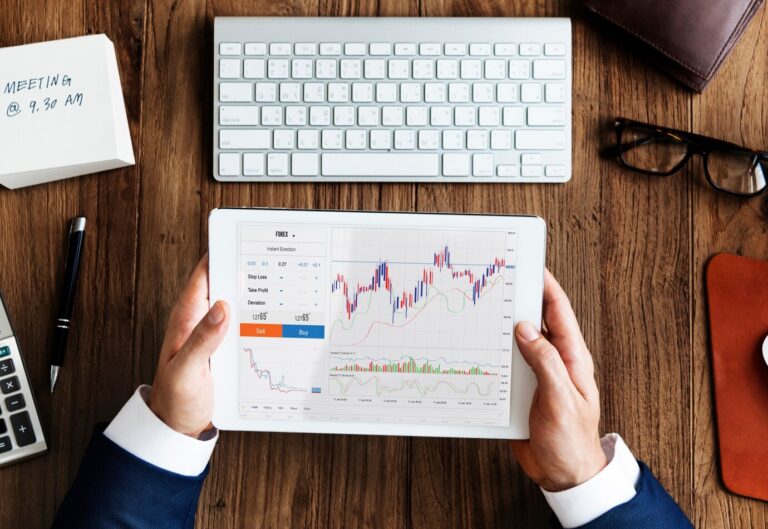Algorithmic Trading: The Future of Forex?
The realm of forex trading has witnessed a technological revolution in recent years, with algorithms taking center stage. These sophisticated trading programs, empowered by machine learning and lightning-fast calculations, have the potential to outperform human traders, executing deals in milliseconds and exploiting fleeting market inefficiencies. But are algorithms destined to dominate the forex scene, leaving human traders in the dust?
Background Information
The inception of algorithmic trading can be traced back to the 1970s when electronic trading platforms first emerged. Initially, these systems were rudimentary, automating simple trading tasks. Over the decades, technological advancements and the rise of computational power led to the development of sophisticated algorithms capable of processing vast amounts of financial data.
In the context of Forex, algorithmic trading gained prominence in the 2000s as the market embraced electronic trading platforms. The decentralized nature of the Forex market, operating 24 hours a day across different time zones, made it an ideal candidate for algorithmic strategies. The accessibility of real-time market data and the ability to execute trades swiftly contributed to the growing popularity of algorithmic trading in the Forex space.
As financial markets became increasingly interconnected, algorithmic trading evolved from a supplementary tool to a dominant force, accounting for a significant portion of daily trading volumes. Today, it stands as a cornerstone of modern financial markets, with Forex being a focal point for the application of these advanced trading strategies. The continual development of technology and the increasing sophistication of algorithms indicate that algorithmic trading is likely to play an even more prominent role in shaping the future of Forex trading.
Components of Algorithmic Trading
Algorithmic trading is a multifaceted process that involves several key components, each playing a crucial role in the development and execution of trading strategies. These components work in harmony to analyze market conditions, formulate trading decisions, and execute orders with precision.
To illustrate the interconnected nature of these components, let’s consider the following table:
| Component | Description | Role |
| Data Analysis | Analyzes historical and real-time market data to identify patterns and trends. | Foundation for generating trading signals. |
| Algorithm Development | Involves creating a set of rules and instructions that define the trading strategy. | Shapes the logic and decision-making process of the algorithm. |
| Backtesting | Tests the algorithm against historical data to assess its performance and reliability. | Evaluates how well the algorithm would have performed in past market conditions. |
| Execution | Implements trading decisions automatically, with options for high-frequency trading to capitalize on market dynamics. | Executes buy or sell orders based on predefined criteria, often at high speeds. |
These components collectively form the backbone of algorithmic trading, enabling traders and institutions to navigate the complex and dynamic landscape of the Forex market with precision and efficiency.
- Data Analysis: At the core of algorithmic trading is the analysis of vast amounts of financial data. Algorithms process historical and real-time market data, including price movements, trading volumes, and various economic indicators. This data analysis serves as the foundation for identifying patterns, trends, and potential market opportunities.
- Algorithm Development: Algorithm development is the process of creating the set of rules and instructions that dictate how the algorithm will operate. Traders and quantitative analysts design algorithms based on various trading strategies, incorporating technical indicators, statistical models, or even machine learning algorithms. The goal is to create a robust algorithm that can adapt to changing market conditions.
- Backtesting: Before deploying algorithms in live markets, they undergo a crucial phase known as backtesting. This involves testing the algorithm against historical market data to evaluate its performance and reliability. Backtesting helps traders assess how well the algorithm would have performed in the past, providing insights into its strengths and weaknesses.
- Execution: The execution component involves implementing the trading decisions generated by the algorithm. Algorithms can automatically execute buy or sell orders based on predetermined criteria. High-frequency trading (HFT) is a common approach in algorithmic execution, allowing trades to be executed at incredibly high speeds, taking advantage of small price differentials.
Advantages of Algorithmic Trading in Forex
Algorithmic trading in the Forex market presents a myriad of advantages that have contributed to its increasing prevalence. Below, we enumerate and elaborate on the key benefits:
- Speed and Efficiency: Algorithmic trading excels in executing trades at speeds beyond human capability. With algorithms operating in milliseconds, or even microseconds, traders can capitalize on fleeting market opportunities in real-time. This speed advantage is particularly crucial in the fast-paced Forex market where currency prices can change rapidly.
- Precision: Algorithms execute trades with unwavering precision as they adhere strictly to predefined rules. Unlike human traders who may be influenced by emotions or deviations from their strategies, algorithms stick to the plan, minimizing the impact of impulsive decision-making and ensuring consistency in trade execution.
- 24/5 Market Monitoring: The Forex market operates 24 hours a day, five days a week, across different time zones. Algorithmic trading systems can monitor market conditions continuously, reacting promptly to news, economic releases, and other developments worldwide. This continuous vigilance enables algorithmic traders to seize opportunities irrespective of the time of day.
- Risk Management: Automated systems are adept at implementing robust risk management strategies consistently. Algorithms can instantly assess market conditions and adjust position sizes, set stop-loss levels, or execute other risk mitigation measures. This disciplined approach to risk management is crucial for preserving capital and sustaining long-term profitability.
- Cost Efficiency: Algorithmic trading eliminates the need for manual intervention in every trade, reducing transaction costs associated with human brokers. Moreover, algorithms can identify the most favorable prices for execution, optimizing cost efficiency and potentially improving overall trading performance.
- Diversification: Algorithmic trading allows for the simultaneous execution of multiple strategies or the trading of various currency pairs. This diversification can help spread risk and enhance overall portfolio stability, as algorithms can adapt to different market conditions and trade a range of assets concurrently.
In summary, algorithmic trading provides a competitive edge in the Forex market, offering speed, precision, and efficiency that traditional manual trading struggles to match. These advantages position algorithmic trading as a significant force shaping the future of Forex trading.
Challenges and Risks of Algorithmic Trading in Forex
Algorithmic trading in the Forex market, while offering numerous advantages, is not without its challenges and risks. Understanding and navigating these aspects is crucial for traders and institutions employing algorithmic strategies.
Technical Glitches
One of the inherent risks in algorithmic trading is the potential for technical glitches. System failures, connectivity issues, or programming errors can result in unintended consequences, leading to substantial financial losses. Given the high-speed nature of algorithmic trading, even a brief interruption can have significant ramifications.
While backtesting is a vital step in algorithmic strategy development, there’s a risk of over-optimization. This occurs when algorithms are excessively fine-tuned to historical data, making them less adaptable to evolving market conditions. Traders must strike a balance between historical performance and the ability to perform effectively in real-time.
Market Manipulation
Algorithmic trading, especially in the realm of high-frequency trading, has raised concerns about potential market manipulation. Rapid and large-scale trades executed by algorithms can influence prices and create a feedback loop, amplifying market movements. Regulators closely monitor such activities to ensure fair and transparent market dynamics.
Algorithms operate based on pre-defined rules and parameters, lacking the human intuition and judgment that can sometimes be crucial in navigating unpredictable market events. In situations where markets deviate significantly from historical patterns, algorithms may struggle to adapt, potentially leading to unexpected outcomes.
Dependency on Historical Data
Algorithms rely heavily on historical data for their decision-making processes. In rapidly changing market environments, historical patterns may not accurately represent future conditions. Traders must remain vigilant and implement mechanisms to adapt algorithms to evolving market dynamics.
Algorithmic trading is vulnerable to disruptions in market connectivity and liquidity risks. In times of extreme market volatility or during events that cause a sudden loss of liquidity, algorithms may face challenges in executing trades at desired prices, leading to slippage or incomplete order fulfillment.





